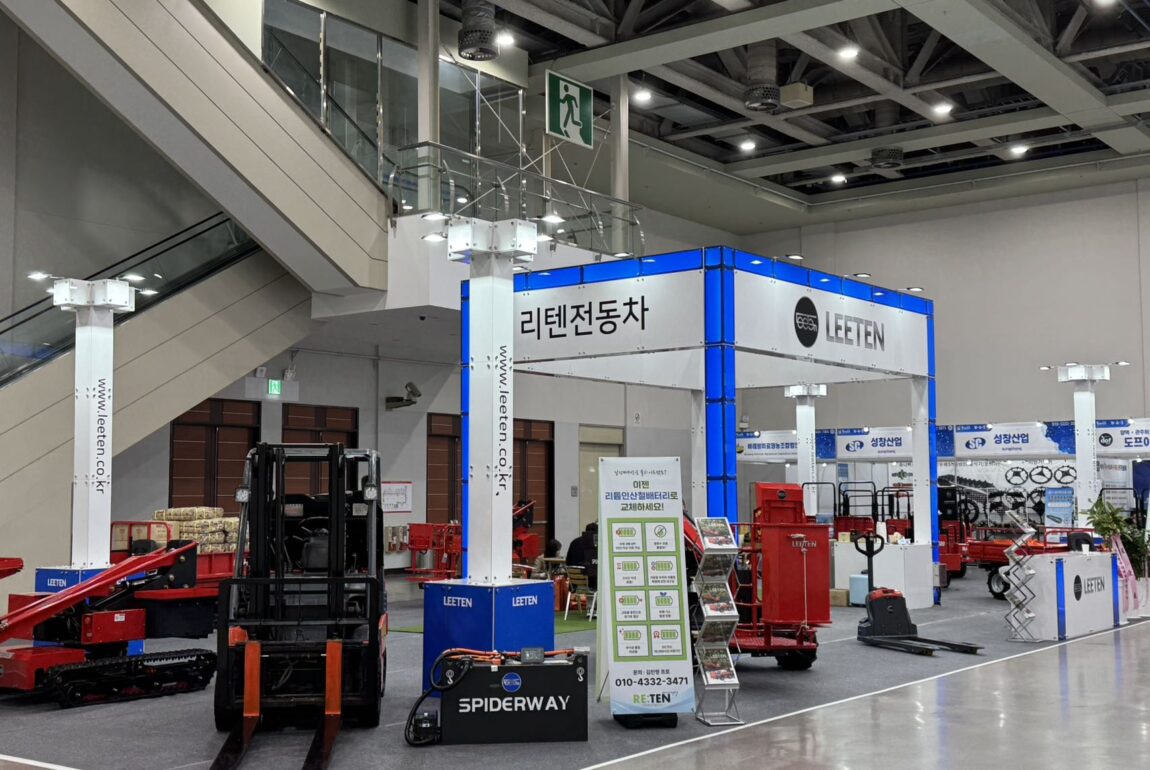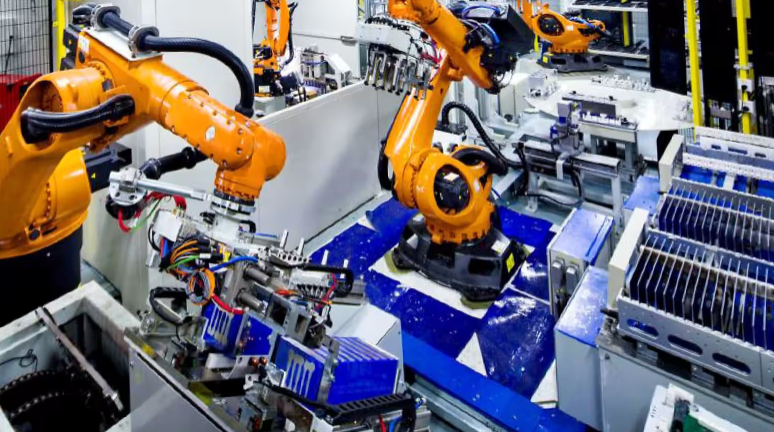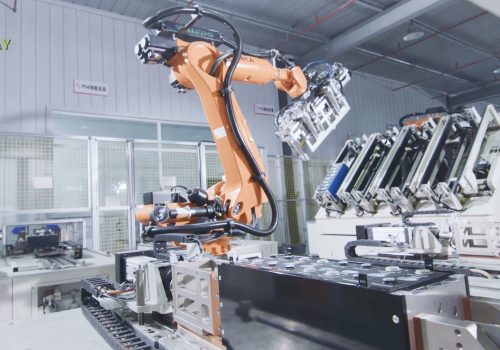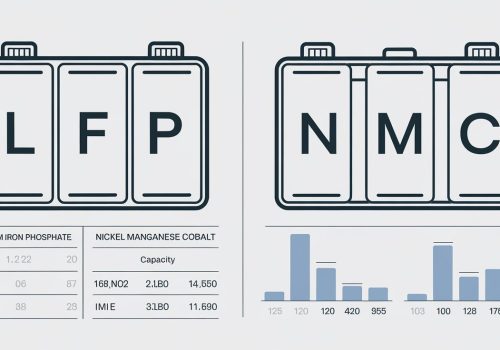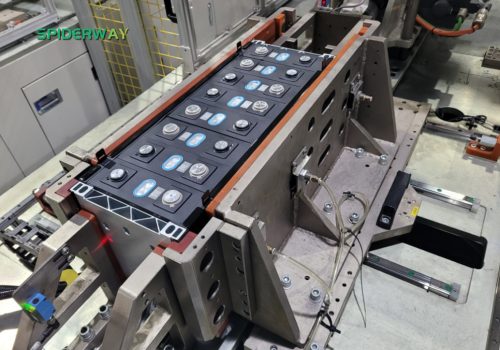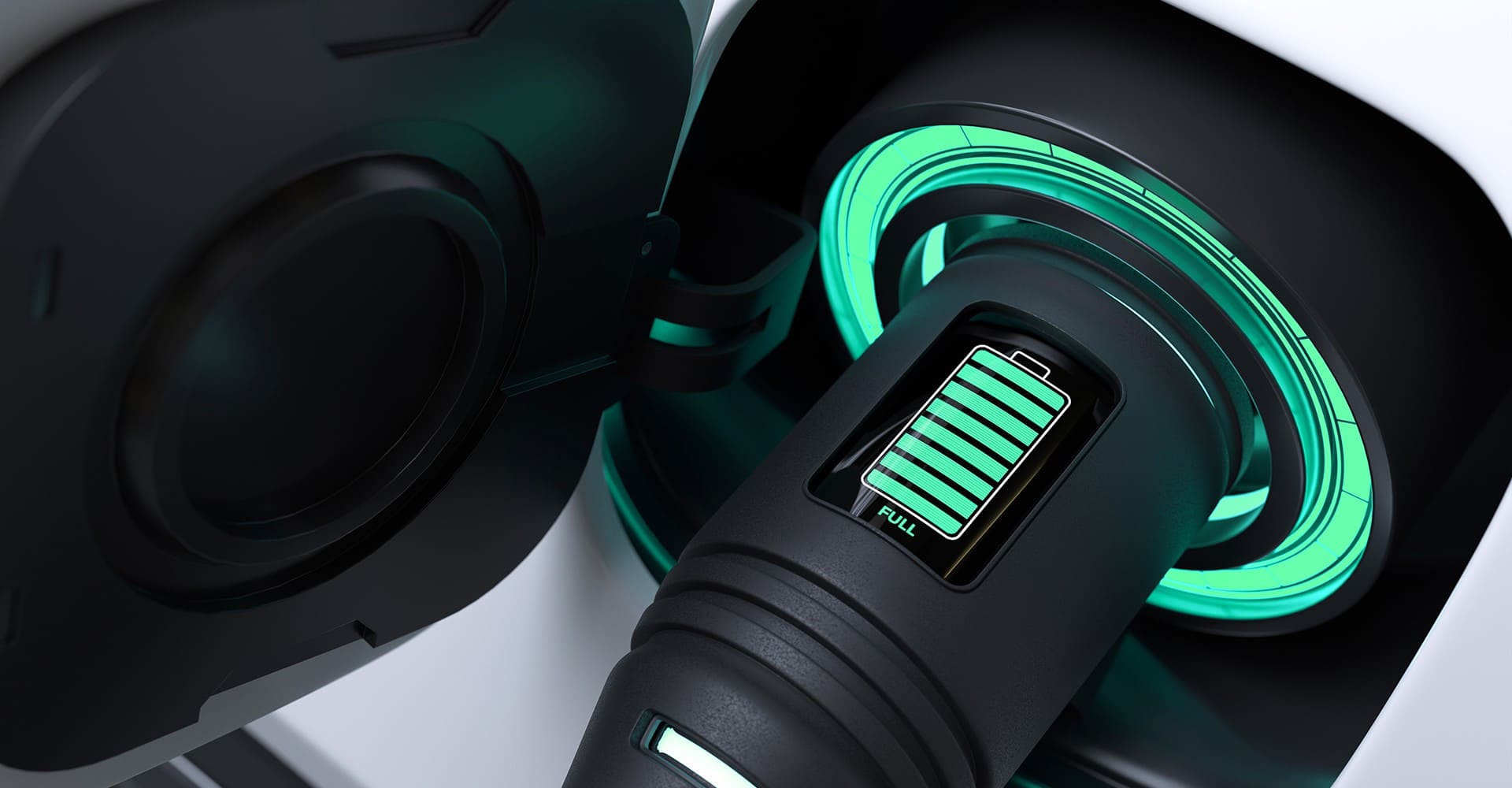
Lithium batteries have revolutionized the way we power our devices, but they are not without challenges. One of the most significant issues they face is capacity decay, which impacts their service life and performance. At SpiderWay, we understand these challenges and are dedicated to providing solutions that can help mitigate battery decay. This article will discuss the causes of capacity decay and the steps SpiderWay takes to minimize it.
1. Charge and Discharge Management
Develop a Rational Charge and Discharge System: To reduce stress on the electrode materials, it’s crucial to operate lithium batteries within a suitable voltage window. This involves avoiding long-term overcharging or deep discharging.
Limit Fast Charge Current: Setting a suitable charge cutoff voltage can help reduce thermal and chemical stress within the battery, thereby delaying capacity decay.
2. Temperature Control
Maintain Optimal Temperature Ranges: High temperatures can accelerate chemical reactions in the battery, leading to excessive capacity decay. Conversely, low temperatures can increase internal resistance and affect discharge efficiency. Efficient cooling systems or insulation materials can significantly improve battery performance and extend its life.
3. Software Algorithm Optimization
Implement Intelligent Battery Management Systems (BMS): SpiderWay’s BMS monitors various battery parameters in real time and dynamically adjusts charging and discharging strategies. For instance, if the battery temperature is too high or nearing overcharge, the BMS can automatically adjust the charging rate or temporarily halt charging to maintain battery health.
4. Regular Maintenance and Recovery
Periodic Charge and Discharge Cycles: Regular maintenance, including periodic charge and discharge cycles, can help restore some active substances in the battery, slowing down the rate of capacity decay.
5. Recycling and Reuse
Proper Disposal and Recycling: Discarding waste lithium batteries carelessly is not advisable. Instead, hand them over to battery recycling agencies for professional treatment. This not only contributes to the sustainable use of resources but also reduces environmental impact.
6. Material Improvement and Innovation
Develop New Electrode Materials: Research into more stable electrode materials with higher lithium storage capacity, such as silicon-based materials or lithium metal, can reduce capacity loss during charge and discharge cycles.
Optimize Electrolyte Formula: By improving the electrolyte formula, we can reduce decomposition products, lower the growth rate of internal impedance, and thus extend battery life.
Conclusion: Addressing the issue of lithium battery capacity decay is a complex task that requires interdisciplinary cooperation and innovation. SpiderWay is committed to starting from the basics—materials, design, management, and maintenance—to extend battery life and enhance performance. With ongoing technological advancements and in-depth research, we are confident that more effective solutions will emerge.
SpiderWay is your trusted partner in lithium batteries. With a relentless focus on research and development, we offer premium lithium batteries and a comprehensive range of battery accessories. Our commitment to superior products, tailored solutions, and strong customer partnerships has made us a preferred choice for battery pack manufacturers and suppliers worldwide.
Author Profile

- https://tawk.to/chat/6228c78d1ffac05b1d7dc569/1ftnkn0nk
- SpiderWay LiFePO4 battery sales engineer with ten years of experience in industrial vehicle batteries, ready to answer any questions you may have about industrial LiFePO4 battery products.
Latest entries
Industry NewsNovember 13, 2024Analysis of the Demand for Chinese LiFePO4 Power Batteries in the Brazilian Market
DOOSANNovember 13, 2024South Korea LiFePO4 Battery Brands and Successful OEM Collaborations with Chinese Manufacturers
Industry NewsNovember 12, 2024Analyzing the Demand for Chinese LiFePO4 Power Batteries in Turkey’s Market
Industry NewsNovember 12, 2024การวิเคราะห์อุตสาหกรรมผลิตและความต้องการตลาดของแบตเตอรี่ลิเทียมไอออน LiFePO (LFP) ในไทย


